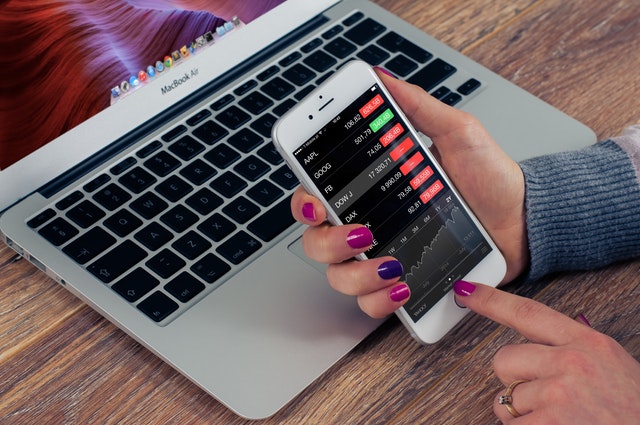A Contract for Difference (CFD) is a contract between two parties that settle the difference between the opening and closing price of the underlying instrument at the close of contract. As a derivative product, a CFD allows trading on the world commodity markets at live price movements without requiring traders to actually own the underlying instrument.
The biggest advantage of CFDs is that one can speculate regardless of market movement by going short in order to profit from falling prices, allowing you to hedge your portfolio against any losses of value for your physical investments. CFDs are powerful financial instruments providing progressive access to the commodity markets.
CFDs can be traded on equities, indices, and futures. These are instruments of investments which provide online access to price movements of stocks, indices and commodity futures without requiring actual possession of them by a trader. CFDs on equities, indices, and futures are a brilliant hedging method, protecting the value of assets, as well as allowing for speculative trading at high leverages.
Although there is an array of index CFDs available for trading, investors need only trade on a few, major indices, which include:
- Dow Jones Industrial Average
- Nasdaq Composite
- FTSE
- S&P 500 Index
- Aussie 200 Index
CFDs on equities, indices, and futures are an increasingly popular trading practice these days as they provide speculative profits on both rising and falling markets while allowing traders to hedge their portfolios against bad investments in a highly effective way. CFDs have the additional benefit of being traded instantly, avoiding the hassles of time-consuming transfers, and they are a margin product, traded in a similar fashion to the Forex markets.
There are various and considerable advantages to CFD trading on equities, indices, and futures, which make them incredibly popular today in the world of finance.
- Leverage: The leverage on CFDs can be 10 times higher as compared to ordinary investments. The risks of trading are directionally proportional to leverage, therefore, traders must be careful and be aware of the differences between ordinary stock trading and CFD investments. The higher leverage, however, does make CFDs a particularly attractive option for high-risk taking investors.
- Margin: The margins on CFD trading are extremely low which allow for greater control on the value of the contract. The greatest benefit of these margins is that traders can invest in precious commodities such as gold and oil even with capital value as low as $500.
- Positions: Trading positions can be entered both short and long, allowing for speculative profits on both rising and falling markets and traders are not required to pay any financial charges when the borrow stocks.
- Execution: The execution of CFD trades is extremely straightforward, very reliable and can be carried out almost instantly. The price and order executions are also very simple and fast which is a major attraction for serious investors.
- Hedging: When expecting a decline in prices, traders can enter a short position to hedge their investments if they are not keen on selling to compensate for the losses that occur on basic positions through the profits made on the CFDs.


